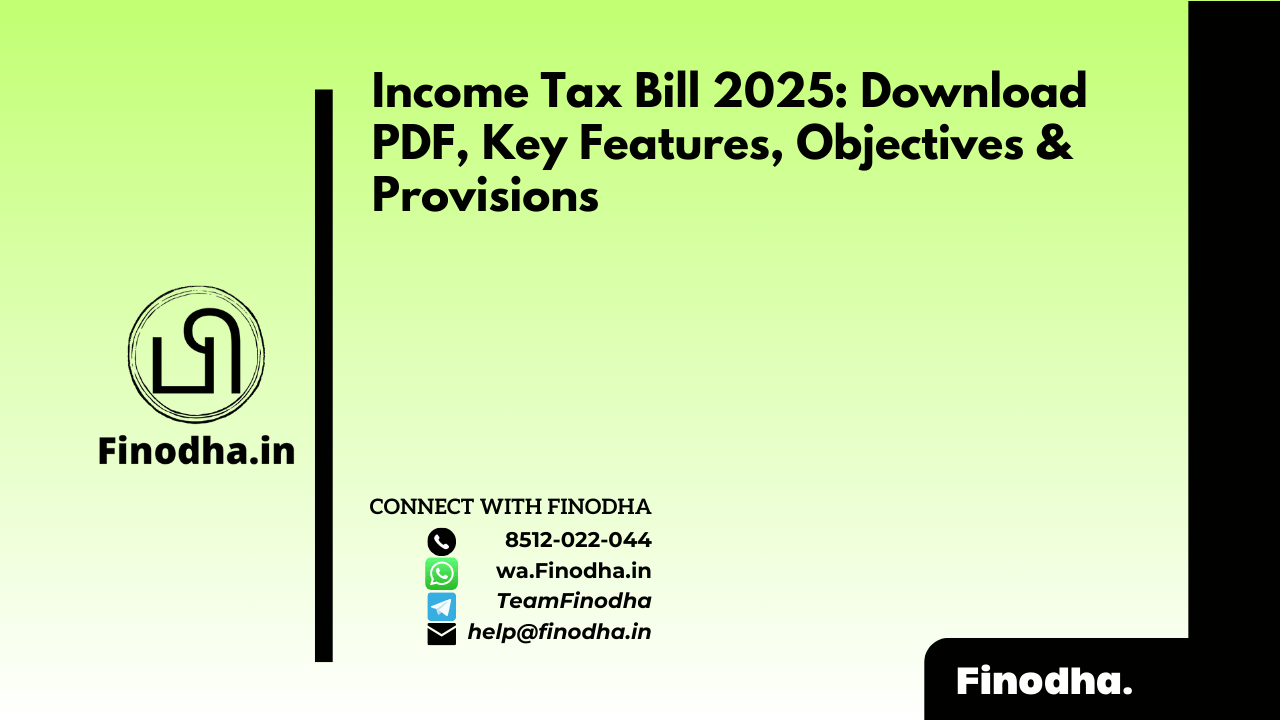Important Keywords: bubbles, economic cycle, asset prices, investor behavior, market sentiment, displacement, boom, euphoria, profit-taking, panic, economic impact, real estate bubble.
Table of Contents
Introduction:
A bubble refers to a distinct economic cycle characterized by a rapid surge in asset prices that is not supported by the fundamental value of the asset. It occurs when exuberant market behavior leads to an unsustainable increase in prices.
Understanding Bubbles:
Bubbles are driven by factors such as investor behavior, market sentiment, and shifts in economic conditions. They follow a specific pattern of growth and eventual deflation.
Steps Involved in a Bubble:
- Displacement: Bubbles often begin with a displacement, where investors identify a new trend or paradigm shift in the economy. This could be triggered by factors like low-interest rates or technological advancements.
- Boom: As the trend gains recognition, asset prices start to rise, attracting more investors to the market. This phase is characterized by optimism and a sense of opportunity.
- Euphoria: During the euphoria phase, asset prices experience a rapid escalation, often far surpassing their intrinsic value. Investors become overly optimistic, driven by the fear of missing out on potential gains.
- Profit-taking: Not everyone can accurately predict when a bubble will burst. However, some astute investors recognize warning signs and decide to sell their assets at inflated prices, capitalizing on the market frenzy.
- Panic: Eventually, the bubble reaches its peak, and the market sentiment shifts. Investors rush to sell their holdings, triggering a sharp decline in asset prices. Panic ensues as the supply of assets outweighs the demand, leading to a rapid deflation of the bubble.
FAQs:
Q: Why do bubbles occur?
A: Bubbles are often driven by a combination of factors, including investor behavior, market psychology, and shifts in economic conditions. They emerge when asset prices become detached from their intrinsic value, fueled by exuberant market sentiment.
Q: Can bubbles be predicted?
A: While it is challenging to accurately predict the exact timing and magnitude of a bubble’s burst, there are warning signs that astute investors can identify. These signs include unsustainable price increases, excessive speculation, and overvaluation of assets.
Q: How do bubbles impact the economy?
A: Bubbles can have significant implications for the economy. When they burst, they can lead to severe market downturns, financial instability, and economic recessions. The bursting of the housing bubble in 2008, for example, triggered a global financial crisis.
Example:
Let’s consider an example of a real estate bubble in India. In recent years, the Indian real estate market experienced a surge in prices driven by increasing demand, rapid urbanization, and easy availability of credit. As a result, property prices skyrocketed, often surpassing their fundamental value. This created a bubble-like situation in the market.
Investors and homebuyers rushed to purchase properties, fearing further price increases and hoping to capitalize on potential gains. However, as the bubble neared its peak, signs of unsustainability emerged. Speculation increased, and affordability became a concern. Eventually, the bubble burst, leading to a sharp decline in property prices and a slowdown in the real estate sector.
Key Takeaways:
- A bubble refers to an economic cycle characterized by a rapid and unsustainable increase in asset prices.
- Bubbles are driven by factors such as investor behavior, market sentiment, and shifts in economic conditions.
- They follow a pattern of displacement, boom, euphoria, profit-taking, and panic.
- Bubbles can have significant impacts on the economy, leading to market downturns and financial instability.
Conclusion:
Understanding bubbles is essential for investors and policymakers alike to recognize and mitigate the risks associated with these economic phenomena. By studying the patterns and warning signs of bubbles, individuals can make informed decisions and safeguard their financial interests. Additionally, regulatory measures and prudent risk management practices can help prevent the formation of bubbles and minimize their adverse effects on the economy.
Popular Tags:
Capital gains (21) CGST (277) Chapter VI-A (15) e-Compliance Portal (21) E-Verify (20) economic growth (21) F&O Trading (29) F.No.354/117/2017-TRU (23) F. No. CBIC-20001/4/2024-GST (15) Financial planning (15) financial stability (17) GST (1424) IGST (222) Income from House Property (17) Income Heads (16) Income Source (14) Income tax (111) Income Tax Account (15) Income Tax Filing (20) Indian context (22) Indian investors (16) ITR-3 (19) ITR Form (20) P&L Statement (24) PAN (13) Risk Management (20) Salary Income (19) Section 7(1) UTGST Act 2017 (14) Section 8(1) UTGST Act 2017 (26) section 9 (18) section 10 (28) section 15 (13) section 25 (17) section 39 (24) section 49 (16) section 50 (16) section 51 (13) Section 52 (16) Section 54 (13) section 73 (20) section 74 (21) SGST (223) Speculative Income (14) Trading Income (33) UTGST (78)




